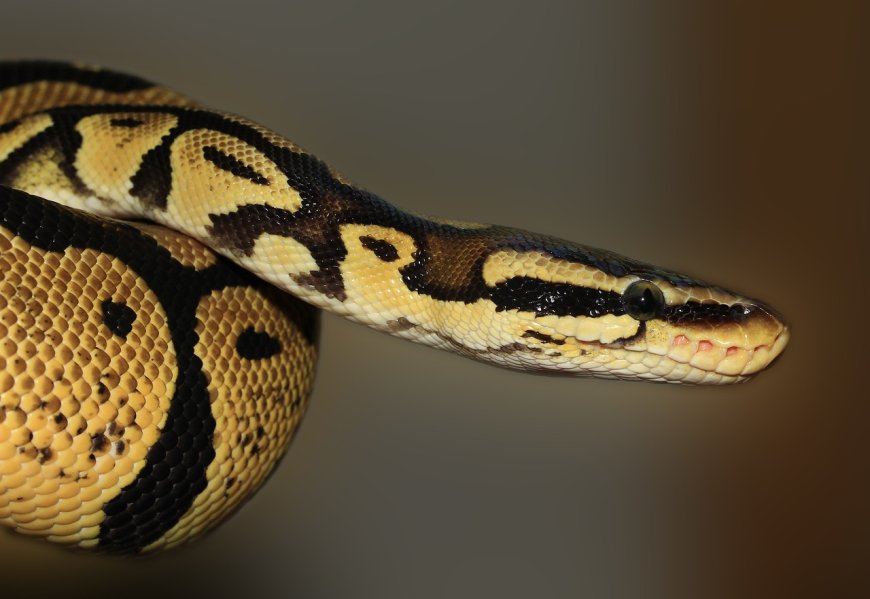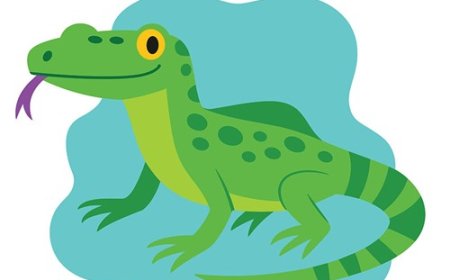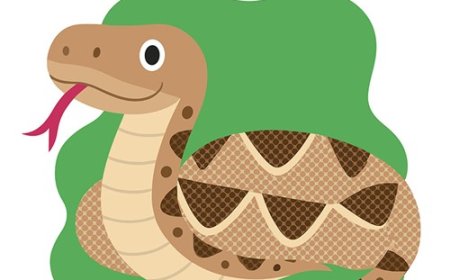Green Anaconda Facts for Kids – The World’s Heaviest Snake
Discover the green anaconda, a massive snake that lives in the swamps and rivers of South America

Green Anaconda Facts for Kids – The World's Heaviest Snake
Scientific Name and Classification
- Common Name: Green anaconda
- Scientific Name: Eunectes murinus
- Kingdom: Animalia
- Phylum: Chordata
- Class: Reptilia
- Order: Squamata
- Family: Boidae
- Genus: Eunectes
- Species: E. murinus
🐍 Introduction
The green anaconda is the heaviest and one of the longest snakes in the world. It lives in South America’s wetlands and rivers. It is a powerful constrictor that catches large prey.
🦎 Appearance
It has a thick, muscular body colored olive green with dark oval spots. Its head is narrow compared to its body. Females are much larger than males. Adults can reach over 20 feet (6 m) and weigh more than 200 pounds (90 kg).
🌍 Habitat
Green anacondas live in swamps, marshes, slow-moving rivers, and flooded forests in the Amazon and Orinoco basins. They spend much of their life in water, where they move easily.
🍽 Diet
They eat fish, birds, mammals, reptiles, and even caimans and capybaras. They kill prey by wrapping their bodies around it and squeezing until it cannot breathe.
🔄 Life Cycle
Green anacondas give birth to live young, usually 20–40 babies at a time. Newborns are about 2 feet (60 cm) long and live independently from birth.
🐾 Behavior and Social Structure
They are solitary and active mostly at night. They are ambush predators, waiting for prey near the water’s edge. They are excellent swimmers and can hold their breath for up to 10 minutes.
🛡 Conservation Status
The species is listed as Least Concern, but local populations are affected by habitat loss, hunting for skin, and fear from humans.
🎭 Cultural Significance
Green anacondas often appear in legends, movies, and books as giant snakes. Many myths exaggerate their size and danger, but they play an important role in their ecosystem.
✨ Fun Facts
- They are heavier than any other snake species.
- They can stay hidden in water with just eyes and nostrils showing.
- Females are up to 5 times heavier than males.
- They rarely attack humans.
📌 Key Takeaways
- Heaviest snake in the world.
- Lives in South American wetlands and rivers.
- Powerful constrictor that eats large prey.
- Gives birth to live young.
- Excellent swimmer and ambush predator.
🐾 Kid-Friendly Summary
The green anaconda is a huge snake that lives in South America’s rivers. It hunts by hiding in water and grabbing animals that come close. It squeezes its prey to eat it and is the heaviest snake in the world.
📚 Vocabulary Words
- Constrictor – A snake that kills prey by squeezing it.
- Ambush predator – An animal that hides and waits to catch prey.
- Marsh – Wetland with grasses and shallow water.
- Swamp – Wetland with trees and shrubs.
- Basins – Low areas of land drained by rivers.
- Camouflage – Coloring that helps an animal hide.
- Nostrils – Openings of the nose for breathing.
- Habitat – The natural home of an animal.
🧠 Interactive Quiz: Test Your Green Anaconda Knowledge
- What is the green anaconda’s main hunting method?
- A. Using venom
- B. Constricting its prey
- C. Chasing prey in open land
- D. Trapping prey in webs
- Where does the green anaconda live?
- A. Arctic tundra
- B. South American wetlands and rivers
- C. African deserts
- D. Asian mountains
- True or False: Green anacondas lay eggs.
- True
- False
- How long can a green anaconda hold its breath?
- A. 1 minute
- B. 5 minutes
- C. 10 minutes
- D. 20 minutes
- What do green anacondas often eat?
- A. Capybaras and caimans
- B. Tree leaves
- C. Insects only
- D. Ice and snow
- B
- False
- C
- A



















































